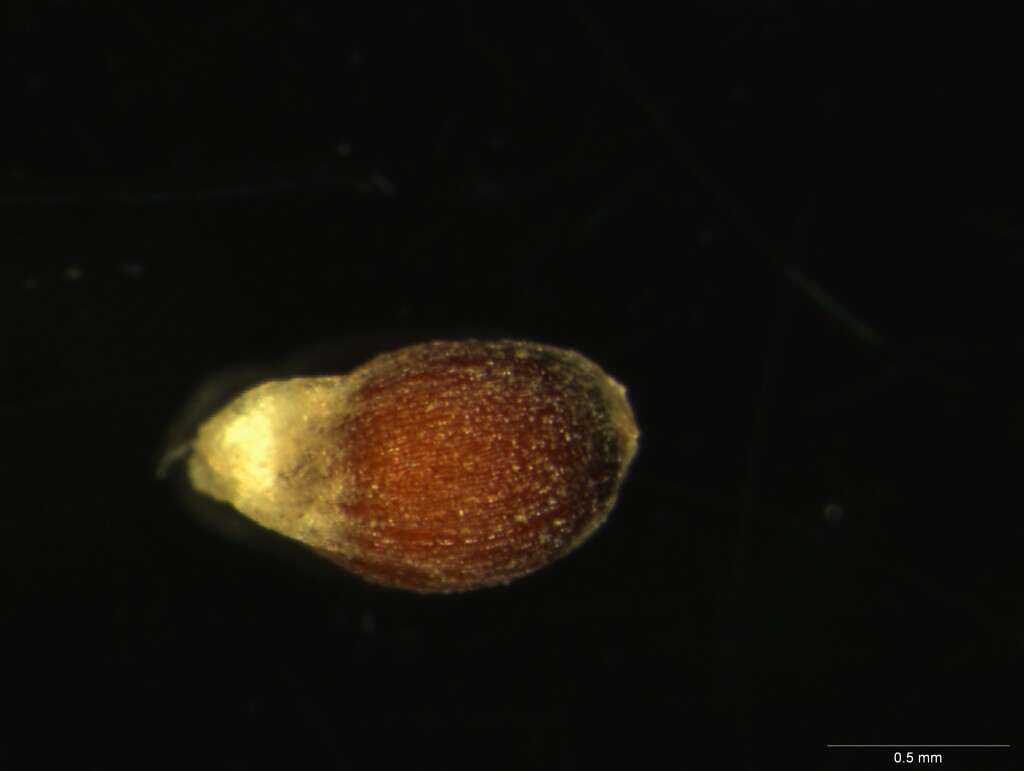Luzula modesta
BuchenauRhizomatous perennial, flowering stems to c. 30 cm high, up to about twice as long as leaves. Leaves flat or somewhat channelled, 3–7 mm wide, firm-textured, margins usually thickened, sparsely ciliate or subglabrous, obtuse and conspicuously thickened at apex. Inflorescence oblong to ovate in outline, sometimes interrupted, with several sessile, congested clusters; floral bracts leaf-like, rather broad and typically erect; tepals acuminate, 2.3–3 mm long, light brown to reddish brown with rather broad, pale, membranous margins; anthers 0.5–0.9 mm long; capsules slightly shorter to slightly longer than tepals, mostly light brown, often reddish toward apex; seeds c. 1.3 mm long excluding caruncle which is one-eighth as long as seed. Flowers Nov.–Feb.
VRiv, Gold, CVU, NIS, EGU, HSF, HNF, MonT, HFE, VAlp. Also ?SA, NSW, Tas. Mostly confined to Sphagnum mossbeds and wet heathland or wet grassland communities throughout the eastern alps and subalps where rather common, occasionally occurring at lower altitudes in cool-air drainage valleys off the main ranges (e.g. upper Kiewa, Ovens and Mitta Mitta River valleys).
See also notes under L. meridionalis var. flaccida and L. novae-cambriae.
Walsh, N.G. (1994). Luzula. In: Walsh, N.G.; Entwisle, T.J., Flora of Victoria Vol. 2, Ferns and Allied Plants, Conifers and Monocotyledons, pp. 233–238. Inkata Press, Melbourne.
 Spinning
Spinning
